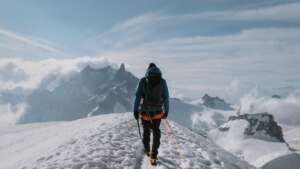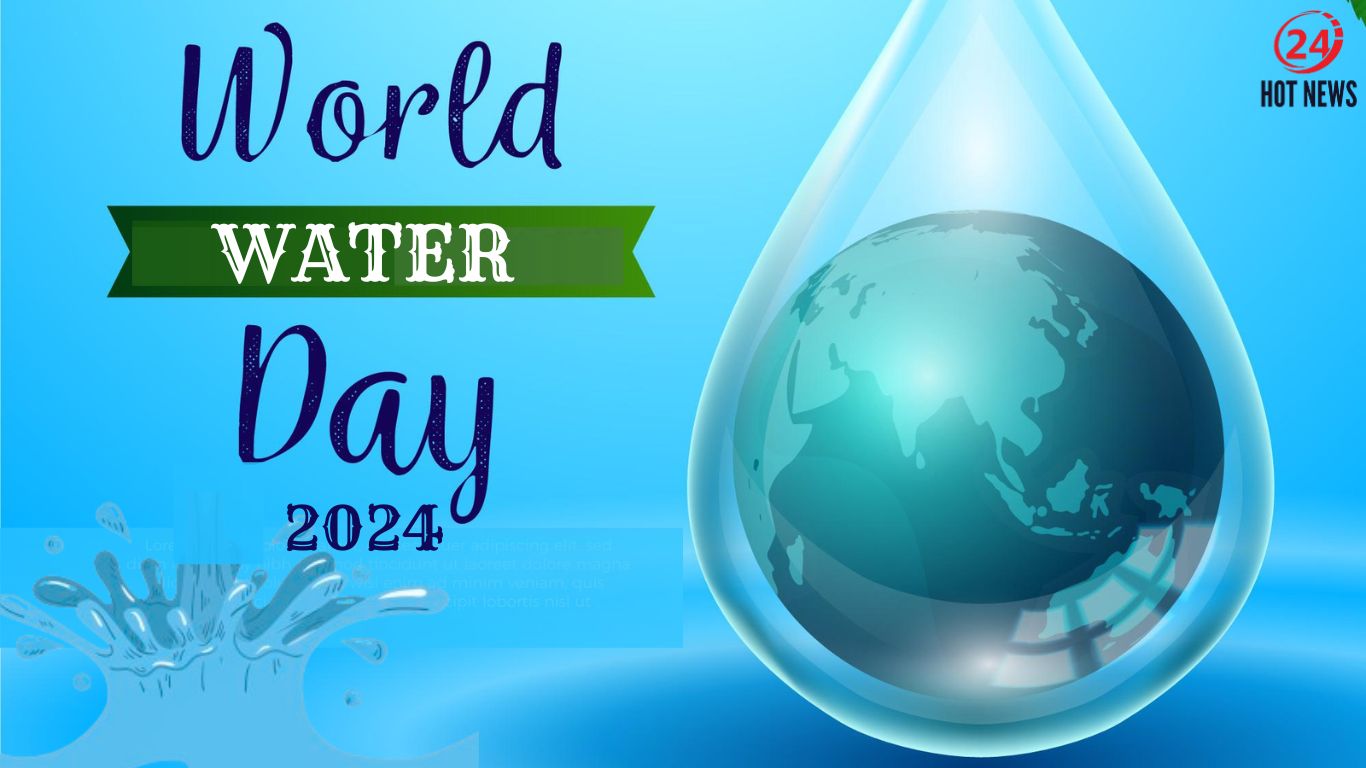Mount Everest Summit

Introduction:
Embarking on the monumental journey of climbing Mount Everest requires more than physical strength; it necessitates meticulous planning, financial preparedness, and an indomitable spirit. This comprehensive guide delves deep into the multifaceted aspects of the Everest expedition, covering everything from permits and visas to insurance, support options, accommodation, food, transportation, oxygen needs, and other associated costs, providing aspiring climbers with a roadmap for their awe-inspiring journey.
Permits & Visas:
The initial steps in the Everest odyssey involve navigating through the bureaucratic labyrinth of permits and visas. A tourist visa for Nepal, a requisite for the expedition, demands an investment of approximately £100 or $125 for a 90-day multiple-entry visa. However, the financial cornerstone of the journey mount everest summit is the Everest climbing permit, which carries a substantial price tag of GBP £8,900 or USD $11,000. Augmenting these costs are fees for a local Nepalese company to facilitate the visa process, a refundable waste deposit, and the cost of a local liaison officer, bringing the total financial commitment before setting foot on Everest to approximately £16,650 or $19,500.
Rule Changes and Requirements:
In response to tragic incidents on Everest in 2019, Nepal implemented rule changes for future climbing seasons. Climbers must now showcase their mountaineering prowess by successfully summiting at least one other mountain in Nepal over 6,500m to be eligible for an Everest climbing permit. Once in Kathmandu, climbers are subjected to a series of checks, including proving their medical fitness, completing a basic mountaineering and survival course, providing evidence of COVID-19 vaccination or a negative PCR test, furnishing insurance documents, and undergoing a meticulous interview process.
Insurance:
As Everest looms on the horizon, climbers must fortify themselves against unforeseen contingencies by securing comprehensive insurance coverage. Ranging from basic policies at £100/$125 to more robust plans at £400 or $500, insurance becomes a safety net covering evacuation, equipment, mount everest summit illness, and injury. Given the unpredictable nature of the trek, opting for higher coverage is a prudent investment, offering peace of mind amid the challenges of the ascent.
Support Options:
Solo trekkers, once emblematic of rugged individualism, now face new restrictions, mandating the presence of at least one guide or Sherpa. Unsupported climbs are no longer an option. Climbers can choose from various support options, each catering to different levels of experience and self-sufficiency:
Also Read: Hunting Secrets of Ancient Egypt: Unraveling the Veiled Mysteries and You Must Know the Mystery Facts of Egypt
Sherpa Supported Trip: Priced around £36,500 or $45,000, this package provides Sherpas and porters for logistical support, including equipment transportation and planning assistance.
Sherpa Guided Trek: At approximately £40,000 or $50,000, this option offers a lead Sherpa guiding the expedition, assisting with decision-making, and potentially maintaining the mount everest summit camp at Base Camp.
Also Read: From Streets to Tunnels: Paris in the Catacombs, a Surreal World Below the Surface
Fully Guided Trek: The epitome of support, this option includes both Sherpa support and a lead guide, liberating climbers from logistical concerns. Costs soar from £53,000/$65,000 upwards, depending on the desired level of comfort.
Tipping Etiquette:
In the cultural tapestry of Nepal, tipping is not mandatory but is a customary practice to acknowledge services rendered. Tips for porters and drivers range from £4/$5 per day to £16/$20 per day for the lead guide. As tips are usually paid by the group, climbers should carry the requisite cash securely in a money wallet, ready to express gratitude for the support received.
Accommodation:
The Everest journey unfolds against a backdrop of diverse accommodations. Teahouses, basic camps, and luxurious camps at Everest Base Camp offer varying levels of comfort. The choice between basic and luxury accommodations at EBC includes considerations such as heated private bell tents, private bathrooms, Wi-Fi, flooring, and gourmet meals. Accommodation costs may be integrated into a fully guided trek or incurred separately, adding another layer to the financial tapestry of the Everest ascent.

Food:
Nourishment on the Everest trail is a blend of local and western flavors served at teahouses. Prices fluctuate from £3-£10 or $5-$15 per meal, with costs escalating as climbers approach Base Camp. The option to camp on the route, with teahouses charging around £5/$7 per night plus food, adds a layer of flexibility to the culinary journey, ensuring climbers are adequately fueled for the challenges ahead.
Transportation:
The physical journey to Everest initiates with an international flight to Kathmandu, followed by a local flight to Lukla. The financial outlay for international flights hinges on variables like class, carrier, and timing. Alternative approaches include trekking from Kathmandu to Lukla, which requires mount everest summit porters and yaks at £16/$20 per day, or driving at a cost of around £300 or $350 for a private vehicle. Helicopter transfers from Everest Base Camp to Lukla present an efficient yet pricier option, demanding approximately £1,600 or $2,000, which can be shared within a group.

Oxygen:
While a select few have scaled Everest without supplemental oxygen, the consensus leans heavily towards caution. Oxygen, a lifeline at higher altitudes, demands a significant financial allocation. Priced at around £400 or $500 per bottle, climbers typically need at least five bottles, mount everest summit alongside a mask and regulator at a similar cost each. Sherpas, requiring less oxygen, add an additional cost of around £1,600 or $2,000. A fully guided trek ensures a strategic oxygen plan, factoring in ascent and descent phases, vital for the well-being and success of the climbers.
Other Associated Costs:
The Everest venture necessitates considerations beyond the core expenses, encompassing immunizations for Nepal, technical gear (high altitude boots, sleeping bag, down suit, gloves, etc.), expenses in Kathmandu, a comprehensive medical kit, and sustenance in the form of snacks and mount everest summit energy bars. Climbers must factor in these ancillary costs to navigate the Everest journey comprehensively, understanding that preparation extends beyond financial considerations.
Cultural Exploration:
Beyond the financial aspects, an Everest expedition offers a unique opportunity for cultural exploration. Nepal’s rich cultural heritage and warm hospitality add immeasurable value to the entire experience. Before embarking on the ascent, spending time in Kathmandu allows climbers to absorb the vibrant atmosphere, savor local cuisine, and explore historical landmarks. This cultural immersion enriches the journey, providing a broader perspective on the country and its people.
Environmental Considerations:
An Everest expedition is not just a personal journey but also a responsibility towards the environment. Climbers must be conscious of their ecological footprint, adhering to Leave No Trace principles. Waste disposal, ethical practices, and respect for the delicate ecosystem of the Himalayas mount everest summit are integral aspects of a responsible Everest ascent. Additionally, being mindful of local customs and environmental regulations contributes to the sustainability of the region.
Community Engagement:
Engaging with local communities along the trek can foster meaningful connections and cultural exchange. Supporting local businesses, interacting with villagers, and participating in community initiatives contribute to the sustainable development of the region. These interactions not only mount everest summit enhance the overall experience for climbers but also leave a positive impact on the communities that call the Everest region home.
Mental Preparation:
While the physical challenges of Everest are undeniable, mental preparation is equally crucial. Climbers must be resilient, adaptable, and possess a positive mindset to navigate the psychological hurdles of the journey. Coping with altitude, enduring long mount everest summit days of trekking, and facing unpredictable weather conditions require mental fortitude. Incorporating mindfulness practices, meditation, and mental resilience training can enhance the psychological preparedness for the Everest ascent.
Conclusion:
Climbing Mount Everest stands as a pinnacle of human achievement, requiring a holistic approach encompassing physical, financial, cultural, and environmental considerations. This comprehensive guide serves as a beacon for aspiring climbers, offering insights into the multifaceted aspects of the Everest expedition. From financial planning to cultural immersion, environmental mount everest summit responsibility, and mental resilience, mount everest summit climbers must approach Everest with a well-rounded perspective. As the journey unfolds, each step towards the summit becomes a testament to human tenacity and the enduring spirit of exploration. The Everest odyssey is not just a climb; it is an immersive experience that challenges, transforms, and ultimately elevates those who dare to venture into the rarefied air of the world’s highest peak.






